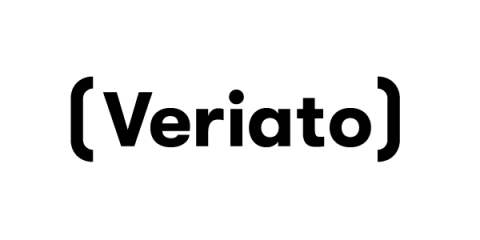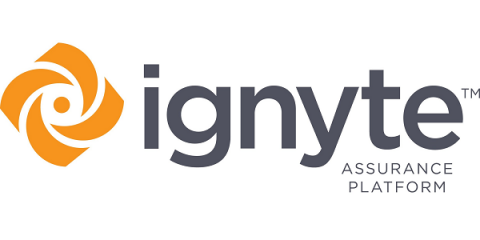Security Have and Have-Nots
Way back in around the 2010 / 2011 timeframe Wendy Nather coined the phrase "The Security Poverty Line" in which she hypothesised that organisations, for one reason or another (usually lack of funds), can't afford to reach an effective level of information security. Nearly a decade on, and while the term has sunk into frequent usage within the information security community, are we any better at solving the issue now that we've identified it?









